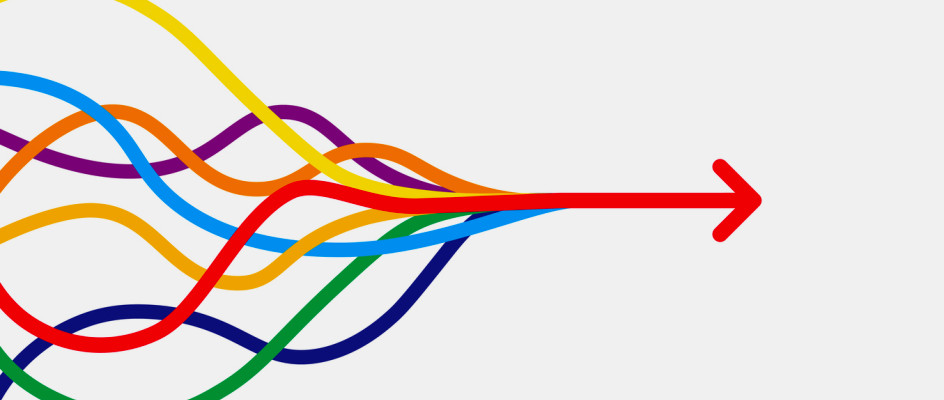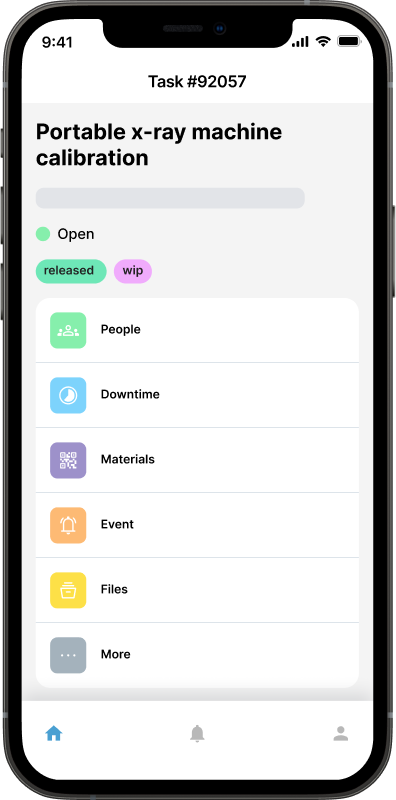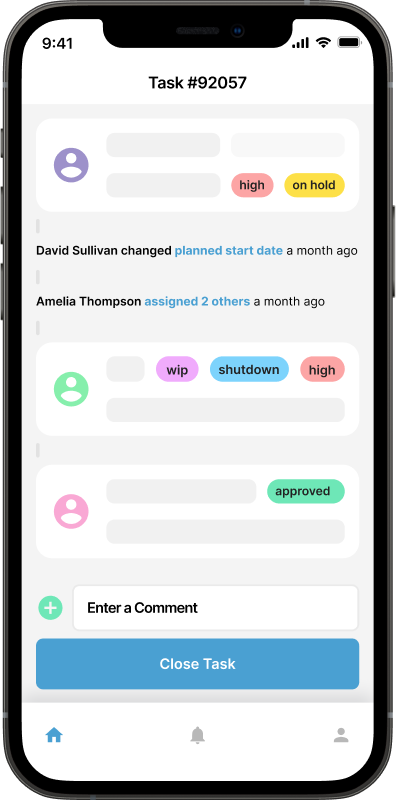Integrated Maintenance Management vs. Standalone CMMS: Which One is Better?

When it comes to managing assets, work orders, and preventive maintenance, most organizations eventually ask the same question: What’s the best software to keep everything running smoothly?
Two common answers come up: a standalone CMMS (Computerized Maintenance Management System) or a broader integrated maintenance management solution. At first glance, they sound similar. Both handle maintenance tasks. Both can help extend equipment life. But both have some differences.
At Maintainly, we’ve worked with companies of all sizes and know the pros and cons of both. Let’s break it down in plain language so you can decide which option is right for your business.
What is a Standalone CMMS?
A standalone CMMS is software designed specifically for maintenance. Think of it as a digital toolbox that handles:
Work order management
Asset tracking
Inventory and spare parts management
It’s focused, affordable, and usually quick to deploy. Many small and mid-sized organizations love it because it solves their immediate problem: getting rid of paperwork, tracking requests, and bringing order to maintenance chaos.
But because it’s standalone, a CMMS doesn’t always connect with other business systems. For example, if your finance team uses an ERP or your operations team uses a production platform, data sharing might require manual work or not happen at all.
What is Integrated Maintenance Management?
Integrated maintenance management goes beyond the basics. Instead of being a standalone system, it connects with other core platforms across your organization—like ERP (Enterprise Resource Planning), EAM (Enterprise Asset Management), or even IoT-enabled monitoring tools.
This approach creates one ecosystem where maintenance isn’t an island. Here’s what integration makes possible:
Automatic updates between maintenance and finance (budgets, costs, invoices)
Real-time data from sensors feeding into maintenance schedules
Seamless communication between production, operations, and maintenance teams
A single source of truth for asset performance and lifecycle costs
In short, integrated maintenance management tracks work orders and also links maintenance to the bigger picture of business performance.
Advantages of a Standalone CMMS
Let’s start with the strengths of a simple, standalone CMMS:
Ease of Use: CMMS platforms are usually designed with maintenance teams in mind. The interfaces are straightforward, and training is quick.
Lower Cost: Licensing and implementation are often more affordable than large-scale integrated systems.
Quick Deployment: Many cloud-based CMMS solutions can be up and running in weeks, sometimes days.
Targeted Functionality: If all you need is better work order management and preventive maintenance, a CMMS is more than enough.
For organizations with small maintenance teams, limited assets, or no need for cross-department integration, a standalone CMMS is often the smarter choice.
Advantages of Integrated Maintenance Management
 On the other hand, integrated solutions shine when maintenance plays a strategic role. Here’s why:
On the other hand, integrated solutions shine when maintenance plays a strategic role. Here’s why:
Holistic View of Operations: Integration links maintenance with finance, operations, and supply chain, giving leadership a clearer picture of costs and performance.
Stronger Decision-Making: With connected data, organizations can make smarter choices about capital planning, equipment replacement, and long-term investments.
Predictive Maintenance Potential: Integrating IoT and monitoring systems allows predictive maintenance instead of just reactive or scheduled work.
Scalability: Integrated systems grow with your organization. As you add plants, assets, or teams, the system adapts.
Reduced Data Silos: No more double-entry or manual reports. Information flows seamlessly across the business.
For large organizations, manufacturers, and industries where downtime is costly, integrated management often pays off.
Challenges of Each Approach
Of course, no system is perfect. Here are some potential downsides:
Standalone CMMS
Limited connectivity to other business systems
May not support predictive analytics or IoT integration
Can feel restrictive as organizations scale
Integrated Maintenance Management
Higher upfront costs for software and implementation
Longer deployment and more training are required
Complexity can overwhelm smaller teams
Which One Is Right for You?
Choosing between Integrated Maintenance Management and a standalone CMMS really comes down to your organization’s size, goals, and daily needs.
Go with a Standalone CMMS if:
You’re a small or mid-sized company.
Your main focus is tracking work orders, preventive maintenance, and assets.
You don’t need deep integration with accounting, HR, or inventory systems.
You want a simple, affordable tool to get started quickly.
Choose Integrated Maintenance Management if:
You’re a larger organization with complex operations.
Maintenance connects directly to finance, procurement, HR, and compliance.
You want one system to manage everything instead of juggling multiple tools.
You need advanced reporting, cost tracking, and big-picture visibility.
If you just need maintenance management, a standalone CMMS is usually enough. But if you want maintenance to flow seamlessly with your entire business, Integrated Maintenance Management is the smarter choice.
How does Maintainly Help?
If it’s hard to choose between a standalone CMMS and an integrated maintenance management system, we’ve got your back. Many businesses require a solution that has short learning curves but contains advanced capabilities. That’s why Maintainly has been designed.
It gives you the flexibility to start simple—tracking work orders, preventive maintenance, and assets—and expand into a fully integrated maintenance management solution when the time is right. Instead of outgrowing your software, you get a platform that scales alongside your operations.
With Maintainly, you can:
Streamline daily maintenance with easy-to-use CMMS features.
Connect across teams by integrating purchasing, inventory, and compliance.
Stay future-ready with a platform designed to grow as your business evolves.
Whether you’re running a small maintenance team or overseeing enterprise-level operations, Maintainly helps you stay efficient, reduce downtime, and make smarter decisions without unnecessary complexity.
Start a free Maintainly trial today!

